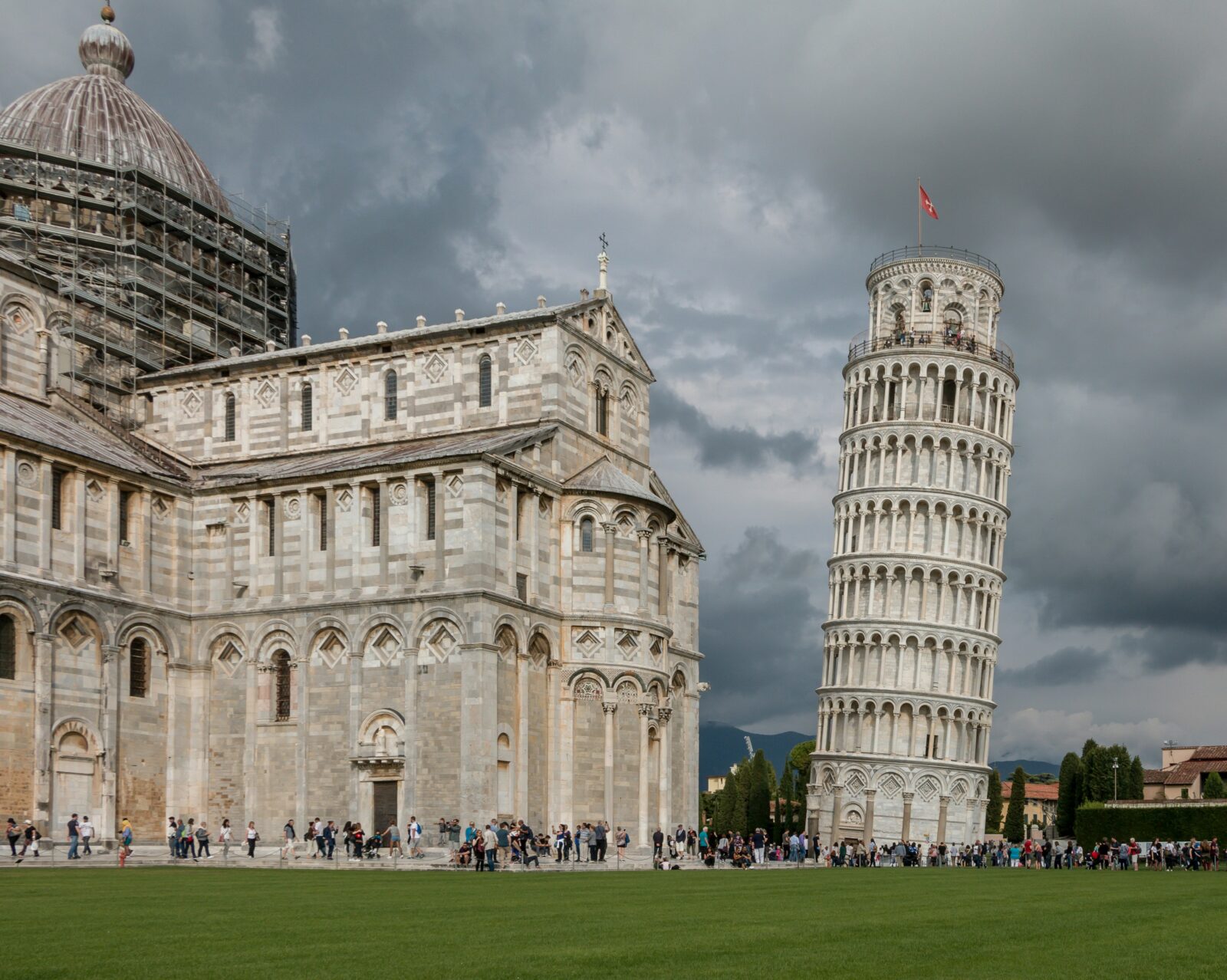- Home
- Articles
- Architectural Portfolio
- Architectral Presentation
- Inspirational Stories
- Architecture News
- Visualization
- BIM Industry
- Facade Design
- Parametric Design
- Career
- Landscape Architecture
- Construction
- Artificial Intelligence
- Sketching
- Design Softwares
- Diagrams
- Writing
- Architectural Tips
- Sustainability
- Courses
- Concept
- Technology
- History & Heritage
- Future of Architecture
- Guides & How-To
- Art & Culture
- Projects
- Interior Design
- Competitions
- Jobs
- Store
- Tools
- More
- Home
- Articles
- Architectural Portfolio
- Architectral Presentation
- Inspirational Stories
- Architecture News
- Visualization
- BIM Industry
- Facade Design
- Parametric Design
- Career
- Landscape Architecture
- Construction
- Artificial Intelligence
- Sketching
- Design Softwares
- Diagrams
- Writing
- Architectural Tips
- Sustainability
- Courses
- Concept
- Technology
- History & Heritage
- Future of Architecture
- Guides & How-To
- Art & Culture
- Projects
- Interior Design
- Competitions
- Jobs
- Store
- Tools
- More

Renzo Piano, an Italian architect of international acclaim, is celebrated for his innovative and visionary designs that seamlessly merge art, functionality, and sustainability. With a career spanning several decades, Piano has left an indelible mark on the architectural landscape, creating masterpieces that reflect his design philosophy and his commitment to creating spaces that inspire and uplift. This essay seeks to delve into the design secrets of Renzo Piano, exploring his notable works and the underlying theories that shape his architectural approach.
Renzo Piano is an Italian architect renowned for his innovative and sustainable designs. Born on September 14, 1937, in Genoa, Italy, Piano has left a lasting impact on the field of architecture. His notable works include the Centre Georges Pompidou, The Shard, and the Whitney Museum of American Art. Piano’s designs prioritize functionality, sustainability, and human-centered spaces, reflecting his commitment to creating buildings that uplift and inspire. His contributions have earned him numerous accolades, including the prestigious Pritzker Architecture Prize in 1998.

The Theory of His Works
At the core of Renzo Piano’s design philosophy lies the belief in architecture as a social and environmental endeavor. He emphasizes the importance of creating buildings that not only serve their intended purpose but also contribute positively to their surroundings and the well-being of their users. Piano’s works are driven by principles of sustainability, adaptability, and human-centered design. His designs often integrate natural light, ventilation, and green spaces, fostering a harmonious connection between the built environment and nature.
- The Centre Georges Pompidou, France: One of Piano’s most iconic creations, the Centre Georges Pompidou in Paris, exemplifies his innovative and unconventional approach to design. The building’s distinctive exterior, with its exposed steel framework and colorful pipes, challenges traditional notions of architectural aesthetics. Piano’s vision was to create a building that embraced transparency and openness, where people could engage with art, culture, and each other. The Centre Georges Pompidou stands as a testament to Piano’s commitment to pushing the boundaries of design and creating dynamic, interactive spaces.

Credit: 10 Renzo Piano buildings you must visit (telegraph.co.uk) - The Shard, United Kingdom: Rising majestically above London’s skyline, The Shard is a testament to Piano’s mastery of structural engineering and his ability to blend functionality with elegance. As one of the tallest buildings in Western Europe, The Shard stands as an iconic symbol of modernity and progress. Piano’s design prioritizes energy efficiency, with the building incorporating various sustainable features such as rainwater harvesting and advanced insulation systems. The Shard serves as a beacon of sustainable urban architecture, demonstrating Piano’s commitment to creating environmentally conscious structures.
- The Whitney Museum of American Art, United States: Located in New York City’s Meatpacking District, the Whitney Museum of American Art showcases Piano’s talent for seamlessly integrating contemporary architecture within a historic urban context. The museum’s design embraces a sense of openness and transparency, with expansive windows and terraces offering breathtaking views of the surrounding cityscape. Piano’s use of natural light and flexible exhibition spaces creates an environment that both honors the artwork and engages visitors in a dynamic visual experience. The Whitney Museum embodies Piano’s philosophy of architecture as a medium for cultural expression and human interaction.

Credit: Weekend Early Admission for Members | Whitney Museum of American Art - The New York Times Building, NYC, United States: Completed in 2007, this skyscraper stands as a striking symbol of modern architecture and urban sustainability. Piano’s design for the building incorporates innovative features, such as a curtain wall made of ceramic rods that adjust to optimize natural light and reduce heat gain. The tower’s transparent and open design promotes collaboration and interaction among employees, fostering a sense of community within the workplace. The New York Times Building showcases Piano’s ability to combine functionality, aesthetics, and sustainable practices to create a dynamic and environmentally conscious architectural masterpiece.Renzo Piano’s design secrets lie in his unwavering commitment to sustainable, adaptable, and human-centered architecture. Through his masterpieces, such as the Centre Georges Pompidou, The Shard, and the Whitney Museum of American Art, Piano showcases his ability to push boundaries, challenge conventions, and create buildings that harmonize with their surroundings. His visionary approach to design, coupled with his deep respect for the environment and the human experience, has cemented his legacy as one of the most influential architects of our time. Renzo Piano’s works continue to inspire architects and shape the future of architectural design, inviting us to reimagine the possibilities of the built environment.

Credit: New York Times Building – Wikipedia, wolna encyklopedia
Submit your architectural projects
Follow these steps for submission your project. Submission FormLatest Posts
Painting Trends in 2026: Colours & Finishes That Sell Homes
Paint trends for houses show a dramatic transformation as we approach 2026....
How Compact BLDC Motors Enable Dynamic Architecture
Modern buildings are no longer static objects. Windows open and close automatically,...
Unintentionally Leaning Towers: When Architecture Defies Stability
Unintentionally leaning towers reveal architecture’s fragile negotiation with gravity, soil, time, and...
Window Solutions That Work for Basements, Lofts, and Garage Spaces
As a homeowner, you know every bit of space matters. Basements, attics,...











Leave a comment